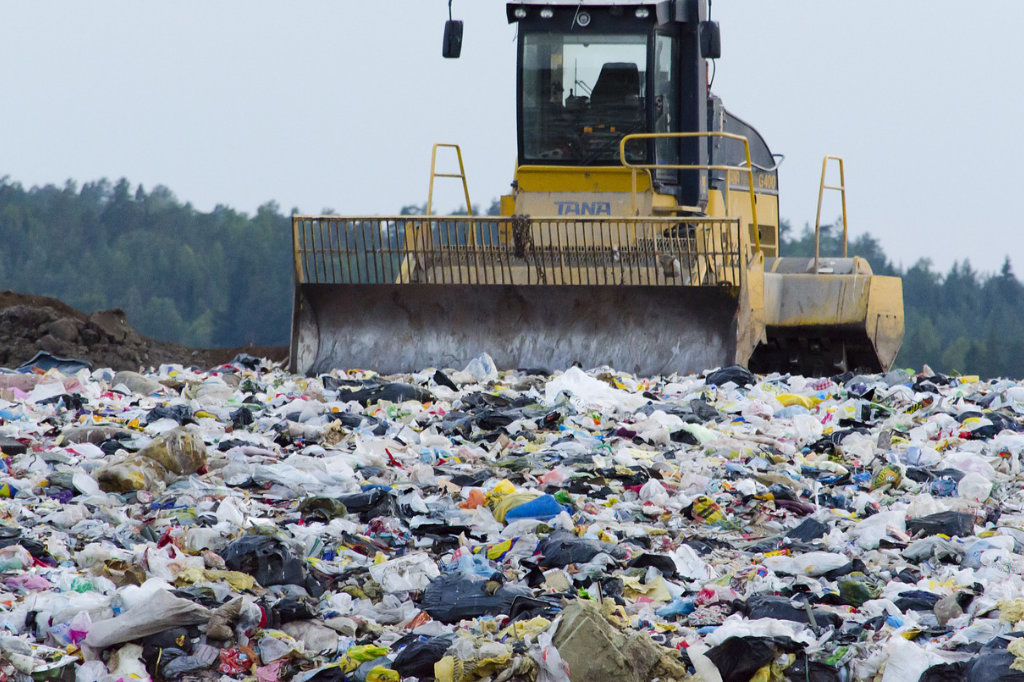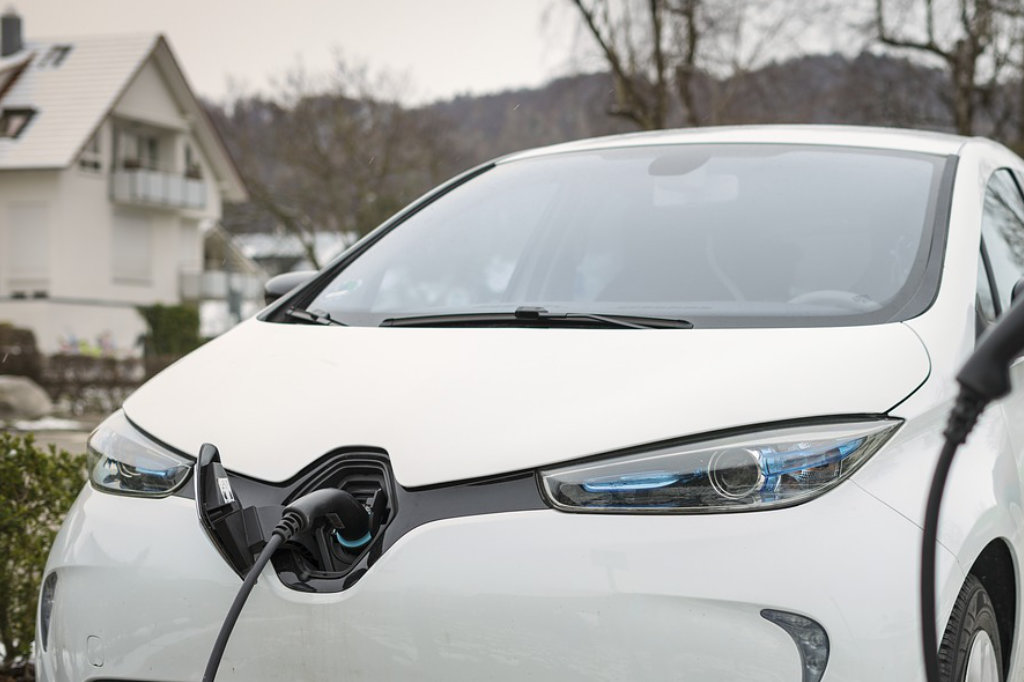Going Green: How Sustainability Can Boost Your Business
Driven by technological advancements, increasing internet penetration and changing consumer behaviors, eCommerce is booming. Selling online, paired with efficient logistics, allowed companies to offer competitive prices and this translated to an increase in volumes. If we look at the environmental impact, this means increased carbon emissions due to the transportation of goods, more packaging waste and a bigger energy consumption from data centers that power e-commerce platforms. Although the appeal of cheap prices often strikes more chords than sustainability, a growing number of customers are becoming more conscious of the environmental impact of their purchases. That’s why, as a business, balancing economic growth with sustainable practices will not only tick your good deeds for saving Mother Earth, but will also boost your sales.
We’re experts in eCommerce development services and we’re here to help you choose the right solution for your business.
In recent years, ‘going green’ is getting increased attention, especially due to the devastating effects of climate change. The concept is encouraged at legislative levels too. The European Commission, by signing the European Green Deal, aims to become the world’s first “climate-neutral bloc” by 2050.
Although low prices often surpass conscience, a significant shift in consumer behavior has been observed in recent years, namely a demand for more eco-friendly and ethically produced goods. Moreover, trends also show a preference for brands that demonstrate a commitment to environmental responsibility.
As a result, this shift is driving companies to adopt more sustainable business models to meet the evolving expectations of their customers. Sustainability is increasingly becoming a critical factor for purchases and brand loyalty, showing a profound and potentially lasting change in consumer attitudes towards the environment and responsible consumption.
Environmental Impact of eCommerce
While many e-commerce businesses have started to adopt greener practices, the nature of the business, with its demand for speed and convenience, continues to put significant pressure on the environment.

Packaging, often made from non-recyclable materials, contributes to waste and emissions from production and disposal. Additionally, unsold products can sometimes end up in landfills, adding to environmental waste.
But the biggest culprit is the shipping process, a major contributor to carbon emissions. Most of the merchandise is shipped from China and other Asian countries, relying on air and sea transport, which are carbon-intensive modes of delivery. The trend towards faster delivery options during the last-mile delivery process often leads to partially filled transport runs, which are less efficient and most of the time counterbalance all the other good deeds done to reduce the footprint.
Returns, a common aspect of online shopping, double the environmental impact as products are shipped back and forth, increasing emissions and often leading to additional packaging waste.
Although not as impactful as the others, data centers and servers that keep e-commerce platforms running round the clock consume a fair amount of energy which also contributes to the overall carbon footprint.
The Rising Customer Demand for Sustainable Practices
Over the last few years, the devastating effects of climate change are making shoppers consider what they place in their shopping carts. According to The Roundup’s report, 68% of global consumers are willing to reduce their consumption by half to avoid environmental damage and climate change.
In terms of paying more for sustainable products, the Global Sustainability Study 2021 conducted by Simon-Kucher & Partners found that over one-third (34%) of the global population is willing to pay more for sustainable products or services, with younger generations like Gen Z and Millennials being more inclined to pay a higher premium for sustainability.
What’s interesting is the fact that inflation and other economic fluctuations don’t affect the percentages too much, suggesting a potentially permanent shift in consumer mindsets towards environmental concerns.
These trends indicate a growing consumer consciousness and demand for eco-friendly products and practices, which is shaping the market and influencing the strategies of businesses.
Implementing Sustainable Practices
As we showed, the road to a sustainable business is paved with many benefits and implementing eco-friendly practices adds some complexities, but is not impossible, even for small businesses. First of all, the selection of products plays a significant role in determining a business’s environmental impact. This involves sourcing goods that are produced using sustainable methods, such as the use of renewable resources, minimal use of harmful chemicals, and responsible waste management. Additionally, ethically made products ensure fair labor practices and human rights compliance along the supply chain.
Then, there is packaging – a crucial aspect of an environmentally-conscious eCommerce business. The simplest option is to use recyclable materials – such as certain plastics and cardboard that can be reprocessed and reused – but if you want to go all the way, biodegradable and compostable materials are the best choice. Due to a growing awareness of the environmental impacts of packaging waste, these materials have gained popularity and are really easy to source.
Shipping is one that businesses have little control of, mainly because usually, it is done with third-party couriers, and not with their own fleet. Therefore, one approach to reduce environmental impact could be offering slower shipping options. This allows for more efficient packing of delivery vehicles, reducing the number of trips needed and, consequently, lowering carbon emissions.
Additionally, businesses can invest in carbon offset programs, which counterbalance the emissions produced during shipping through activities like tree planting or renewable energy projects. This not only contributes to environmental protection but also sends a strong message to consumers about a company’s commitment to sustainability.
The benefits of growing a sustainable eCommerce business
For sure, running a sustainable eCommerce business adds lots more challenges to an already complex sector. There’s no doubt about it – sustainability costs. Eco-friendly materials and processes come with higher costs, and this translates in either higher prices for customers or reduced profit margins. This can be particularly challenging in competitive markets where price is a key differentiator.
On top of that, communicating sustainability efforts to consumers requires an extended marketing effort. Add to that hours spent scrutinizing sourcing, manufacturing, and shipping processes for their environmental impact, and this could soon turn into a significant financial effort.
These challenges combined make running a sustainable e-commerce business a demanding endeavor, so… IS IT WORTH IT?

Well, aligning your business to sustainable practices will benefit your business long-term, as it can significantly enhance brand loyalty. Today’s new generation of consumers are not just purchasing products; they are increasingly making choices based on their values and beliefs. And as studies show, environmental conservation is a strong belief among Gen Z and Millennials. If this segment represents a good slice of your pie, we say it’s worth the effort.
The added benefit is that this market segment is also very active on social media channels and can turn into brand advocates, promoting the company and further extending its reach and credibility.
Another benefit is the fact that, with eCommerce being such a competitive sector, being eco-friendly can significantly set a business apart. Sustainability can be a unique selling proposition that catches the attention of consumers. Using recycled materials, investing in carbon-neutral operations, or supporting environmental causes will definitely make you stand out against competitors who do not prioritize these practices. This differentiation is crucial in attracting a growing segment of the market that prefers to buy from environmentally responsible companies.
Moreover, when the time comes and sustainability will be more than a niche expectation, turning into a mainstream requirement, brands who established themselves as pioneers usually benefit from a lot of exposure, further enhancing the brand’s visibility and appeal.
Remember what we said about the cost of sustainability? Indeed, initially, some sustainable solutions might require higher upfront investments. However, once you have a smooth system running, you might be surprised to find out that over time, this resulted in reduced operational costs.
How could that happen? For instance, using less packaging material not only reduces waste but also lowers material costs. Similarly, investing in energy-efficient systems and renewable energy sources can significantly cut down on energy expenses. Efficient logistics, such as optimizing delivery routes or using electric vehicles, can reduce fuel costs and minimize the carbon footprint.
And, there is also the benefit of government incentives and tax breaks. Countries in the EU are now successfully implementing subsidies for solar power installations and electric vehicles acquisitions, sometimes with as low as 10% co-payments from companies, so it’s a good start on the road of future sustainability.
If you want to know more about our list of services at Clever++, please visit our website.




